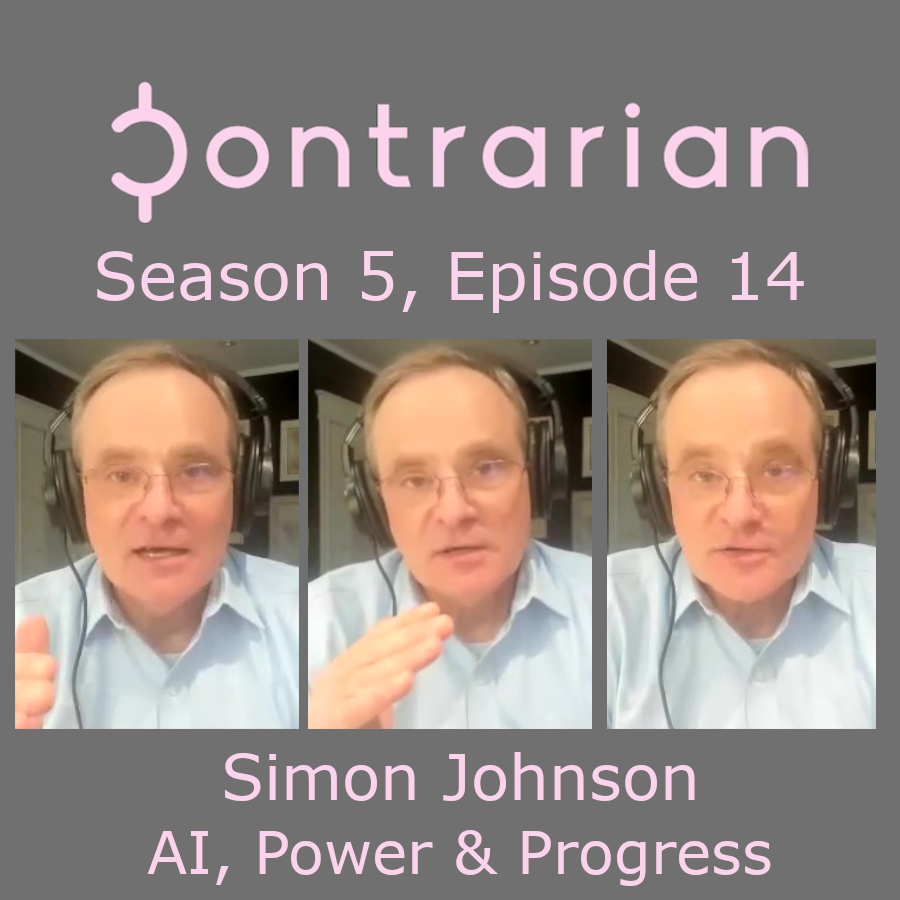With Naomi Fink, Europacifica Consulting
Naomi Fink, founder and CEO at Europacifica Consulting in Los Angeles, joins the podcast to discuss her view that inflation will prove more elevated and persistent than market participants are anticipating — and how and where this impact will be felt.
Content Highlights
- Inflation caught investors by surprise and investors could be forgiven for thinking inflation will drop again. But inflation will more likely normalize around a higher rate (3:15);
- There are multiple reasons for this: reversal of globalization, limits to technological advancements, supply shocks, geopolitical unrest, and labor supply shortages, to name a few (4:09);
- Where does this leave Fed policy? (6:03);
- Retailers have been reporting a consumer pullback on big ticket purchases: business cycle or inflation? (13:52);
- Companies will need to innovate to deal with more persistent inflation and a skills shortage. Those that don’t will be left behind (16:34);
- AI is not a cure-all and may in fact be mostly hype (18:23);
- Background on the guest (24:53);
- Japan and Japan stocks (28:36);
- Social security cost of living adjustments are not keeping up with inflation. The impact (33:59);
- What options do retirees have to maintain their purchasing power on fixed income? (38:17);
- Financial literacy is vital but may be a double-edged sword… (46:28).
More Information About the Guest
- Website: Europacifica.com.
- LinkedIn: @EuroPacifica-Consulting.

